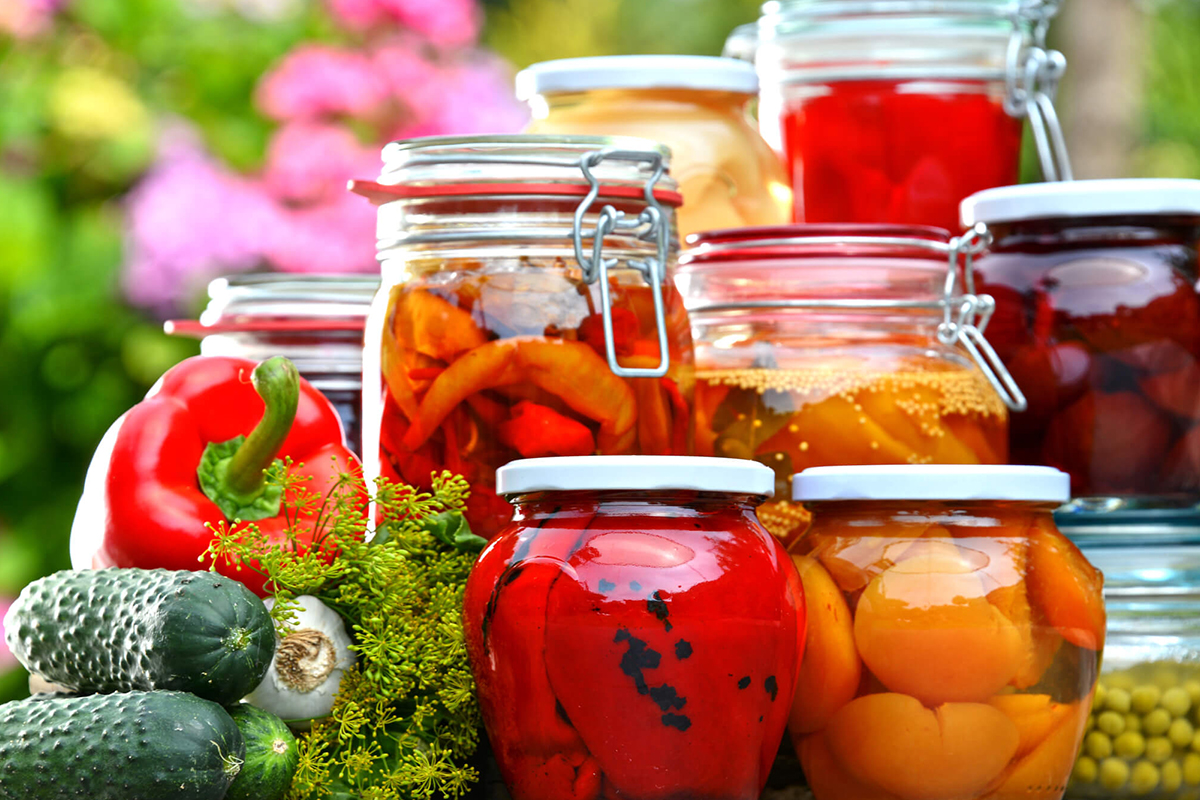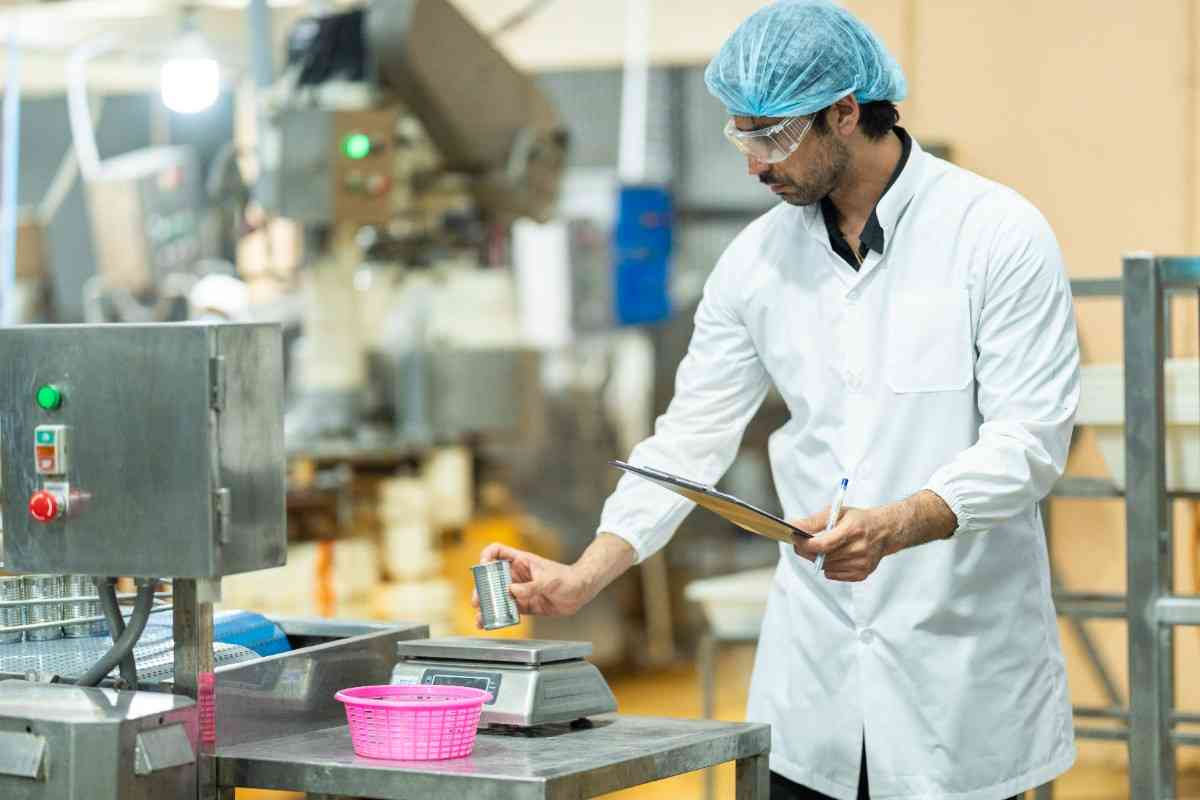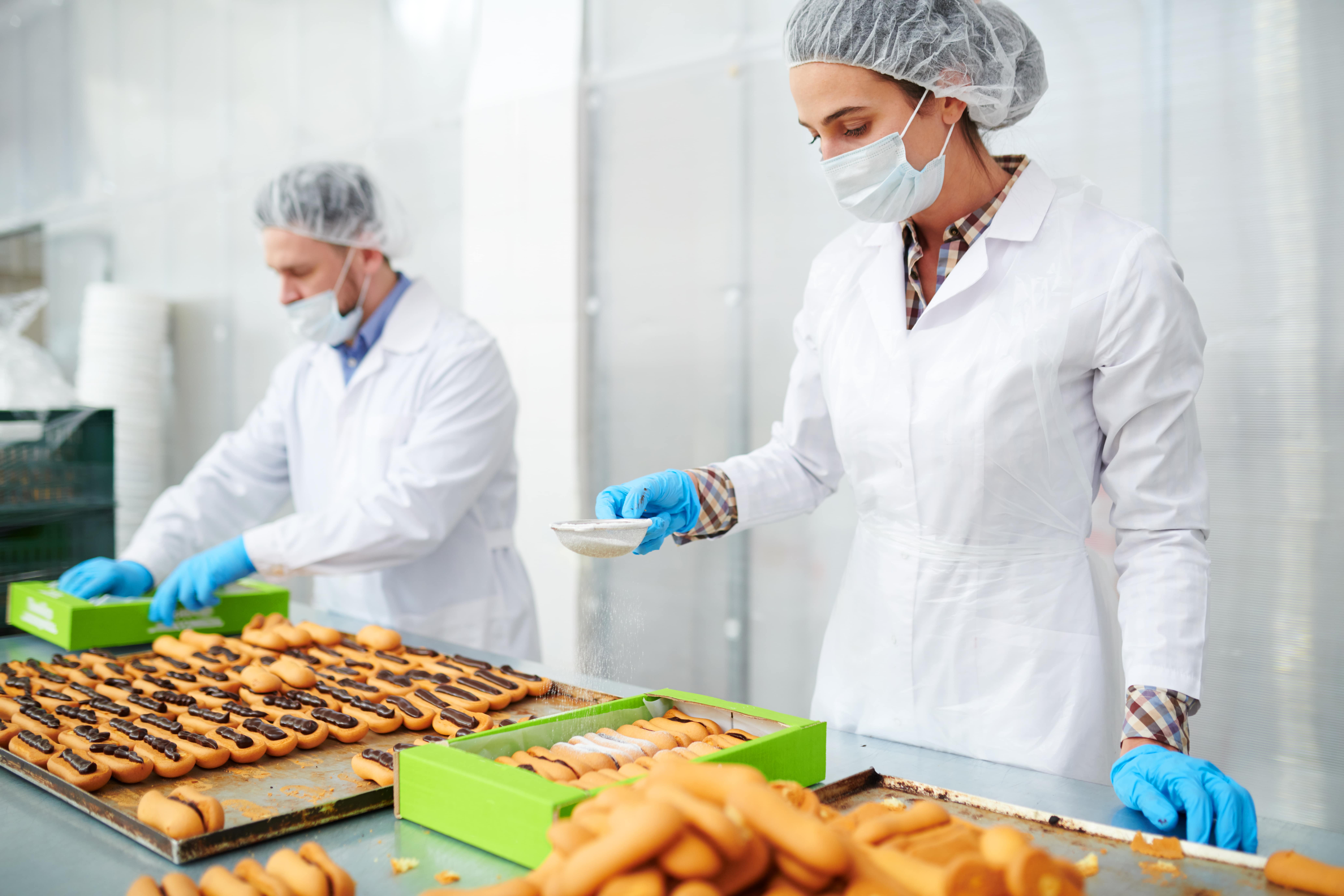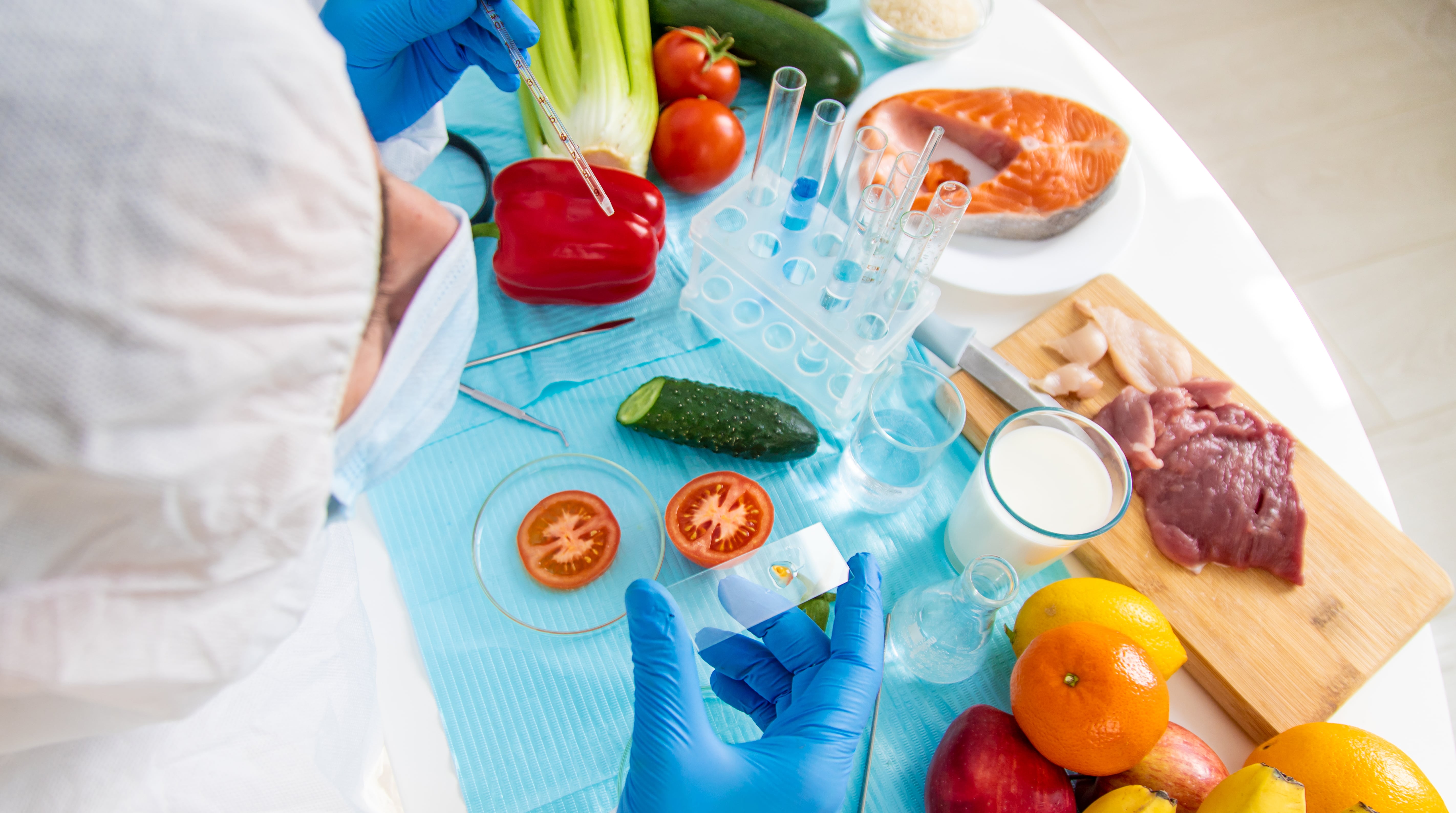Last Updated on November 21, 2025 by Admin
Table of Content
- What is Food Processing and Preservation
- Types of Food Preservation
- Different Methods of Food Processing
- What is the Difference Between Food Preservation and Food Processing
- Explaining Food Preservation: A Heritage for Generations
- Different Ways of Processing Food
- Preserving Culinary Heritage Through Food Processing & Preservation
- Importance of Food Processing and Preservation
- Conclusion
Food has always played a central role in human civilization, not only as a source of sustenance but also as a reflection of culture and identity. Humans have developed food processing and preservation techniques to preserve the nutritional value, taste, and aroma of various food items. This article will delve into the fascinating world of processing and preservation of food, exploring different types, their differences, and the significance of preserving the culinary heritage for future generations.
What is Food Processing and Preservation
Food processing refers to converting raw or semi-processed ingredients into finished products. It involves various mechanical, physical, or chemical methods to alter the food’s form, taste, texture, or nutritional content. As a crucial step in food production and preservation, processing ensures that food remains safe, palatable, and suitable for consumption.
Food preservation, on the other hand, is the art of preventing or slowing down food spoilage, decay, or microbial growth to extend its shelf life. The importance of food preservation lies in maintaining food quality, nutritional value, and availability during periods of scarcity or adverse climatic conditions, reducing waste, and ensuring food security.
Types of Food Preservation
Classify majorly based on thermal and non-thermal techniques
- Thermal processing techniques – Pasteurization, Sterilisation, Microwave heating, Infrared heating, canning, drying/dehydration etc.
- Non-thermal processing techniques – HPP, Irradiation, PEF (Pulse Electric Field), Ultrasonic, Cold Plasma, UV etc.
- Canning: Canning is a popular food preservation method that involves sealing food in airtight containers and heating them to destroy bacteria, yeasts, and moulds. This process helps preserve fruits, vegetables, and even meats, ensuring their long shelf life.
- Freezing: It is an effective preservation method where food is stored at sub-zero temperatures, inhibiting microbial growth and enzyme activity. It retains food items’ nutritional content and texture, widely used to preserve fruits, vegetables, meat, and seafood.
- Drying/Dehydration: Dehydration involves partial removal of water content from food items, making it unfavourable for microbial growth. Sun drying, oven drying, or dehydrators are standard methods for preserving fruits, herbs, and vegetables.
- Fermentation: Fermentation is an ancient preservation technique that uses natural fermentation processes to preserve food. It enhances flavours, improves digestibility, and extends the shelf life of items like yoghurt, pickles, and sauerkraut.
- Salting: Salting involves applying salt to food items, drawing out moisture and creating an inhospitable environment for bacteria. This method is used to preserve fish, meats, and some vegetables.
- Smoking: Smoking exposes food to smoke from burning wood or other materials, which imparts flavour and acts as a preservative. It is commonly used for meat and fish preservation.
Different Methods of Food Processing
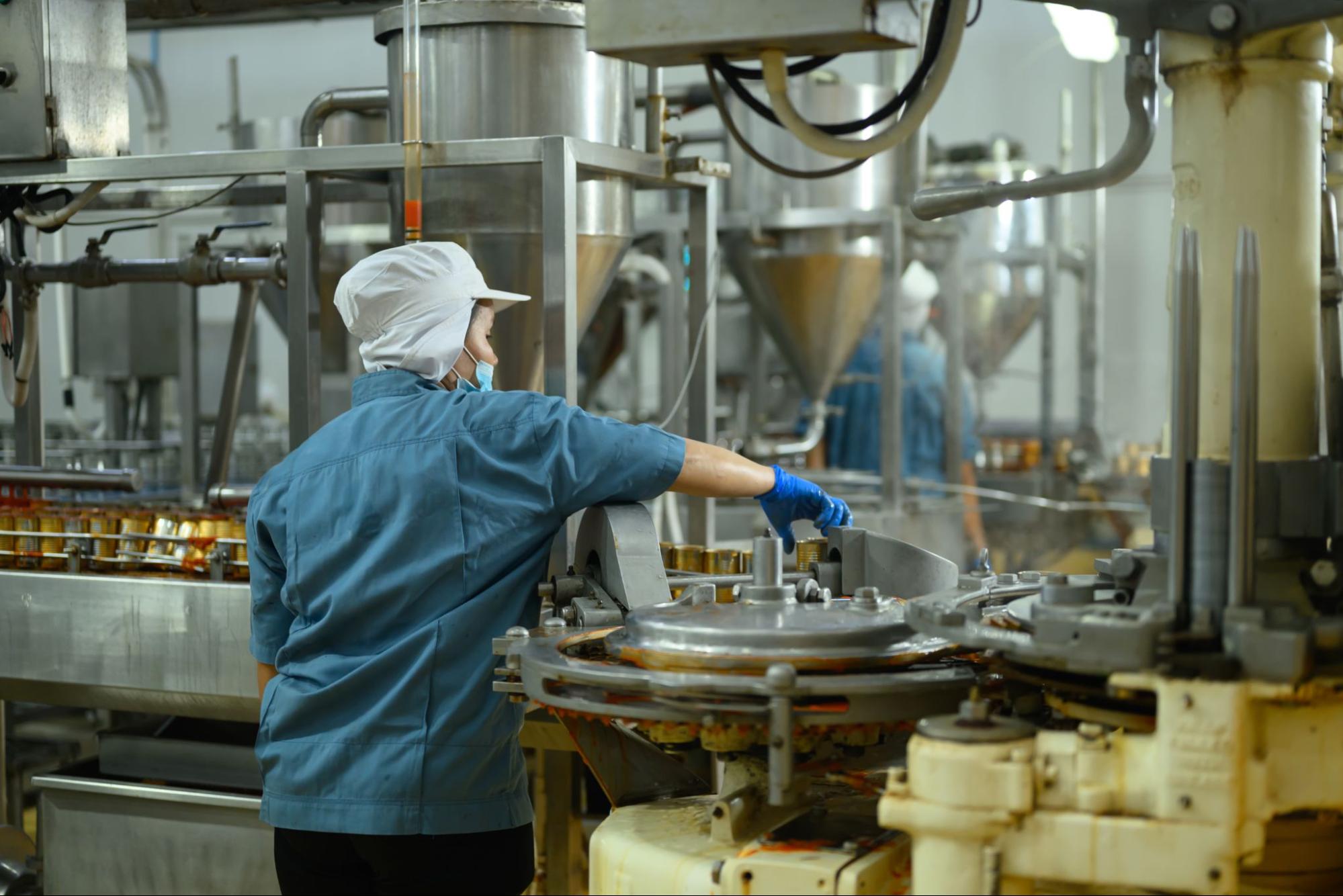
Major classification to be based on following types:
With nutrition consideration, food processing employs different techniques to improve a product’s shelf life, safety, and taste. Examples of these are thermal processing (including pasteurization, and sterilization), fermentation, drying, and freezing. These methods help reduce spoilage and contamination and increase ease of access. Modern, advanced methods of processing food such as HPP (high-pressure processing) and irradiation also guarantee food safety and freshness. Food processing contributes to quality preservation, regulatory compliance, and consumer satisfaction for safe and healthy nutrition, making it a vital step.
A) CHEMICAL PROCESSING
Chemical preservatives
Preservatives such as sodium benzoate, sorbic acid, nitrates, and sulfites are majorly used in maintaining food safety and prolonging freshness enabling preventive measures against spoilage, microbial growth, and maximized shelf life. These chemicals are effective at preserving food quality by lowering pH and oxidation, or disturbing bacterial activity. However, concerns relating to public health can arise with excessive use of such chemical additives, leading to a transition towards the natural alternatives like vinegar, salt, and citric acid.
PH control
pH control in food processing is essential for maintaining stability, flavor, and safety. It involves adjusting the acidity or alkalinity of food using natural or chemical additives like citric acid, acetic acid, or sodium bicarbonate. Proper pH regulation helps preserve freshness, inhibit microbial growth, and enhance texture. It is commonly used in dairy, beverages, and canned foods to maintain quality. Effective pH control ensures food remains safe, palatable, and compliant with industry standards.
B) BIOLOGICAL PROCESSING
Fermentation
Fermentation is when certain minuscule life forms such as yeast, bacteria, and fungi decompose sugars resulting in fermentation byproducts like acids, alcohol and gases. These products are essential as they flavour, texturize, preserve or extend the item’s shelf life while simultaneously increasing its nutritional value. Common examples of fermented food products are pickles, yogurt, kimchi, bread and even cheese. Also, fermentation has significant usage in the probiotic enriched food and drink industry where the sole objective is improving gut and immune system health alongside naturally increasing the product’s shelf life.
C) PHYSICAL PROCESSING
Thermal Processing- Pasteurisation, sterilisation, retort, canning, Drying/dehydration, retort
Thermal processing involves heat treatment to ensure food safety and preservation.
- Pasteurization: Mild heat treatment (e.g., milk, juices) to kill pathogens while retaining nutrients.
- Sterilization: High heat eliminates all microorganisms, extending shelf life (e.g., canned foods).
- Retort Processing: Uses pressurized steam for sterilization, common in ready-to-eat meals.
- Canning: Seals food in airtight containers after heat treatment to prevent spoilage.
- Drying/Dehydration: Removes moisture to inhibit microbial growth (e.g., dried fruits, powdered milk).
Non-thermal processing- Irradiation, UV
Non-thermal processing focuses on preserving nutrients and freshness of the food without the use of heating.
- Irradiation: Employs ionizing radiations such as gamma rays and X-rays to eliminate bacteria and parasites resulting in prolongation of shelf life (spices, meat).
- UV Treatment: Disinfects surfaces of food by destroying pathogenic organisms. UV-C light is effective in disinfecting liquids such as juices and water.
These help improve **safety, quality, and length of storage time** for food products all while reducing deterioration of nutrients due to heating.
D) PHYSIO-CHEMICAL PROCESSING
- Thermal Processing: Thermal processing involves applying heat to food items to achieve specific objectives, such as pasteurization and sterilization.
- Mechanical Processing: Mechanical processing involves using mechanical force to change the physical form of food items. Techniques like grinding, cutting, and milling are examples of automated processing.
- Chemical Processing: Chemical processing utilizes chemical agents to alter the properties of food items. Examples include fermentation in baking or adding preservatives to extend shelf life.
- Biological Processing: Biological processing involves using microorganisms like yeast or bacteria to produce specific food items like bread, yoghurt, and cheese.
- Physicochemical Processing: This type of processing combines physical and chemical methods to achieve specific objectives, such as emulsification or extraction of natural compounds.
Read Also: Different Types and methods involved in Food Processing
What is the Difference Between Food Preservation and Food Processing
While processing and preservation of food may seem similar, they serve different purposes:
- Objective: Food preservation aims to extend shelf life and prevent spoilage, ensuring food remains safe and edible for extended periods. On the other hand, food processing aims to transform raw ingredients into finished food products, enhancing taste, texture, and nutritional content.
- Methods: Food preservation methods focus on creating conditions that inhibit microbial growth, such as canning, freezing, or dehydrating. On the other hand, food processing utilizes various techniques like heating, grinding, or adding chemical agents to create new food products or alter existing ones.
- End Products: The end products of food preservation are typically the same food items but with an extended shelf life. Food processing, however, creates entirely new products or changes the characteristics of existing ones.
Explaining Food Preservation: A Heritage for Generations
The practice of food preservation is deeply embedded in human history, with ancient civilizations developing ingenious methods to store food for leaner times. Over generations, food production and preservation have become essential to culinary heritage, preserving age-old recipes and techniques. In India, various regions have unique food preservation methods that have stood the test of time. Each technique reflects local culture and climate, from sun-dried fruits and vegetables in the arid regions of Rajasthan to pickling and fermenting techniques across different states, ensuring sustainability in food production and preservation.
Different Ways of Processing Food
- Traditional Processing: Techniques like stone grinding for flour, hand churning for butter, and sun-drying for fruits and vegetables are examples of traditional processing.
- Modern Processing: Modern food processing uses sophisticated equipment and techniques to achieve consistent and high-quality products.
- Convenience Processing: Convenience processing caters to the modern lifestyle, providing ready-to-eat or ready-to-cook food products that require minimal preparation.
Preserving Culinary Heritage Through Food Processing & Preservation
Preserving culinary heritage through food processing and preservation is of immense importance for several reasons:
- Cultural Identity: Traditional food items and preservation methods are integral to a community’s cultural identity.
- Nutritional Preservation: Traditional food preservation methods often retain the nutritional content of food items, ensuring that future generations can enjoy wholesome and nourishing meals.
- Sustainability: Food preservation reduces food waste by utilizing surplus produce and minimizing spoilage.
- Resilience: Food preservation protects against environmental and economic challenges, ensuring food availability during adverse conditions.
- Health Benefits: Fermented foods, for example, have probiotic properties that promote gut health and overall well-being.
Importance of Food Processing and Preservation
Food processing and preservation are two crucial aspects for extending the shelf life of food, ensuring safety, and reducing waste. These methods of food processing help prevent spoilage by slowing down the growth of harmful microorganisms, making food safe for consumption. Processing techniques, like pasteurization and canning, maintain nutritional value while improving convenience. Preservation also allows for transporting and storing food over long distances, ensuring a steady supply year-round, and contributes to reducing foodborne illnesses by minimizing contamination risks.
1. Increases Food Safety
The elimination of dangers such as microorganisms, bacteria, and toxins, along with food safety and hygiene contamination practices, is achieved through food processing and preservation. Food contamination during dairy, meat, and packaged food pasteurization, sterilization, and irradiation all help decrease the chance of foodborne sicknesses. It is essential for industry hygiene and health standards.
2. Increases Digestive Life
The application of preservation techniques such as canning, freezing, and dehydration helps in shelf-life extension by getting rid of or halting microbial activities. This greatly lowers food waste and increases access to seasonal foods all throughout the year. This kind of improvement also makes storage and distribution more efficient.
3. Nutritional Retention
Food’s nutritional quality is assured with the aid of proper food processing that retains the vital nutrients like vitamins, minerals, and proteins. Consumers are able to enjoy the food and make the most out of it with minimum energy loss when it is fortified and underwent minimal processing, nutrients are also made with more preventative loss, hence, food is made and more available.
4. Supports Economic Development
Alongside creating employment opportunities, boosting exports, and contributing to the agricultural economy, the food processing industry also supports the growth of the economy. Farmers earnings greatly increase with processed food products meeting international standards. This sector also assists in providing more profitable raw materials through value addition.
5. Improves Convenience
Making pre-packaged food available and offering ready-to-eat and easy-to-cook options saves the consumer both time and effort, meaning food is now much more nutritious without sacrificing action packed lifestyles. This is essential for so many people in today’s fast-paced world.
Conclusion
The art of processing and preservation of food is a fascinating journey through time, reflecting the creativity and ingenuity of humankind. Understanding the importance of food preservation, from ancient techniques to modern processing methods, ensures that we can savor the flavors of our culture for generations to come. As we continue to evolve, let us remember that food processing and preservation are both about sustenance and preserving traditions.



